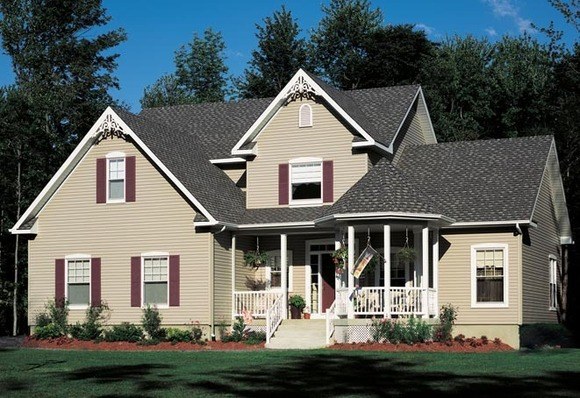You will need
- - insulation foam;
- - silicone or sealant;
- - glass wool.
Instruction
1
Insulate the walls using inexpensive Styrofoam (polystyrene). This material is environmentally friendly, safe, lightweight, durable, moisture-proof, non-toxic and fireproof. This method of home insulation is economical and practical, the work is not time-consuming. The foam can be used for insulation of foundations, basement, cellars and in locations with high groundwater level.
2
Styrofoam for a long time will retain its original appearance. Moreover, this material can be mounted not only inside the house but outside, that will significantly reduce heat loss. The foam is airtight, so in the winter he did not miss the cold air, and in summer the apartment is not so hot.
3
Cut the foam at an equal plate or use ready-made blocks. Screws fasten them on the exterior walls of the building. You can begin to insulate internal walls. Pre-work surface must be smoothed with plaster, foam Board stacked on top of it.
4
To insulate the house, you can just change the Windows, balcony and entrance doors to stronger and more heat-saving. Windows better pick up two or three-chambered plastic. Similarly you can change the door leading to the balcony. This difficult and not the cheapest process can be replaced by sealing Windows. Put the glass on the silicone or sealant, all cracks between frames repaired insulating material.
5
If possible, insulate the outside walls. This is a great option if the walls of your home is not lined, but for flats this method is not suitable. For insulation you can use mineral or glass wool. These materials have low thermal conductivity, besides, they are cheap.
6
After that you are using film it is necessary to make a vapor barrier. After all, when wet, the insulating properties of wool are greatly reduced. Do not use this material for interior applications, fine particles of wool are harmful to health. Such insulation can be used for roof insulation.
